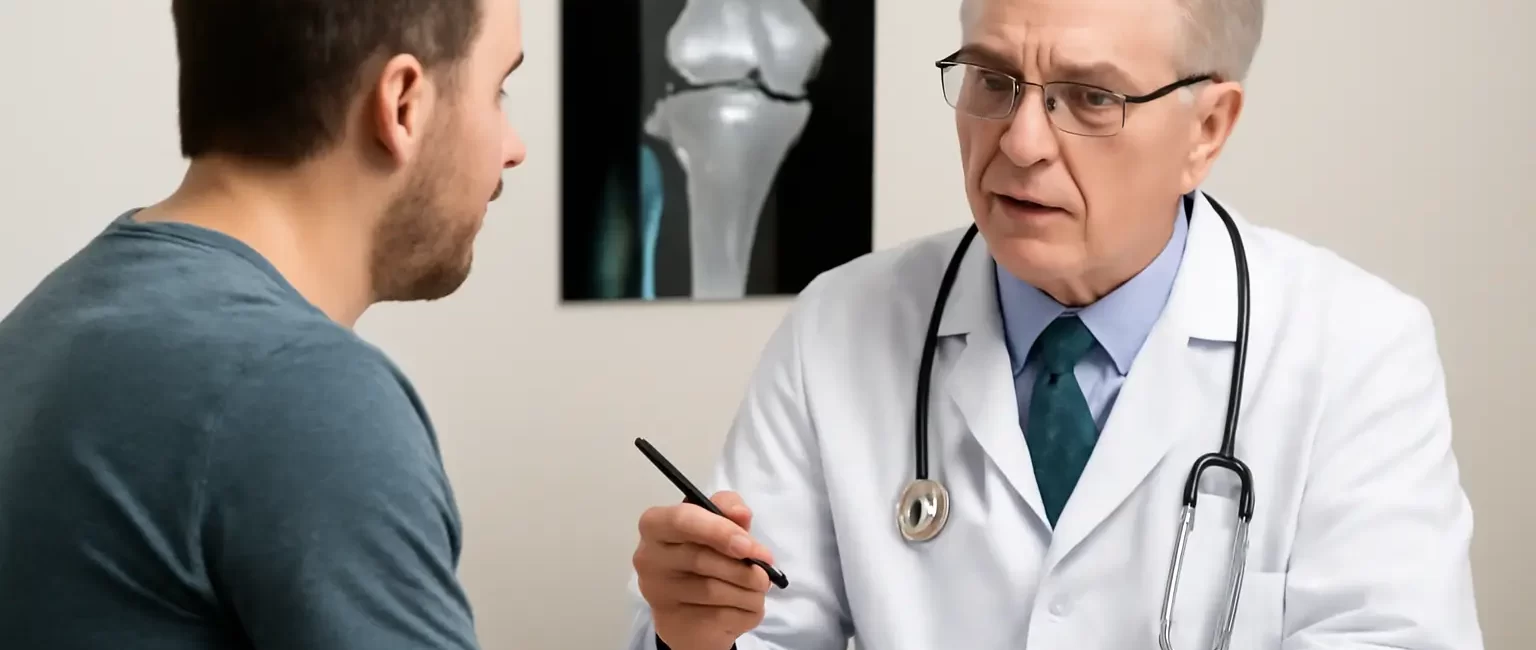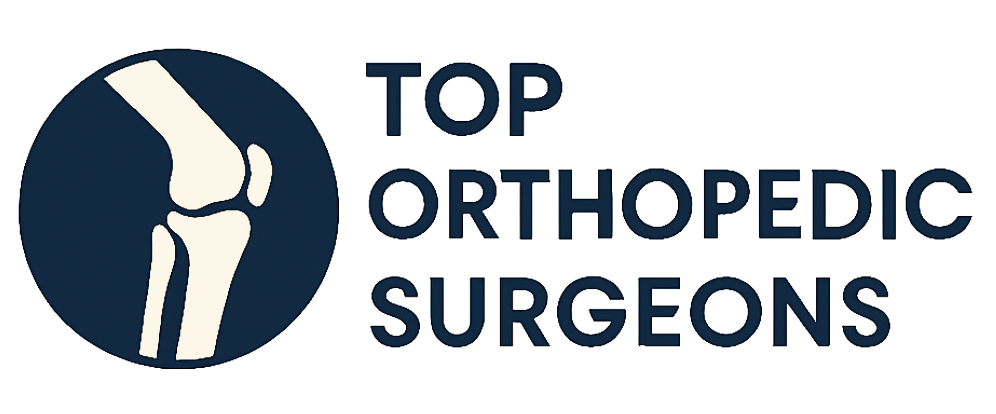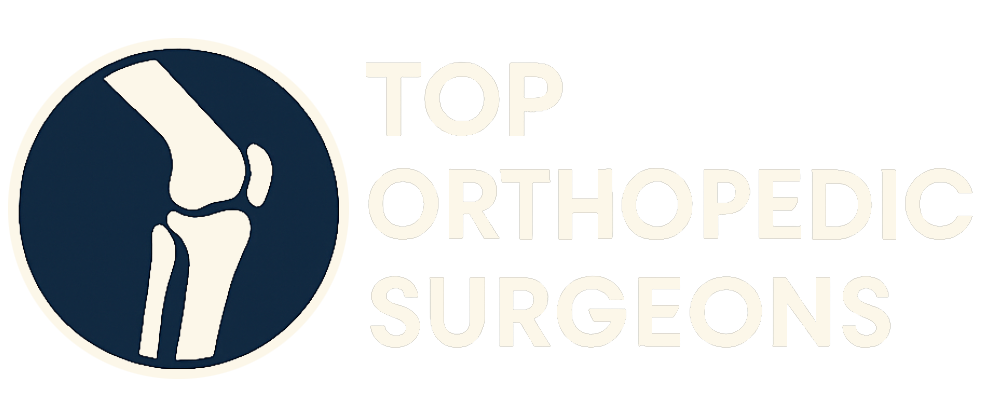
Orthopedic injuries can significantly impact your quality of life, limiting your mobility, causing pain, and hindering your ability to perform daily activities. Understanding these injuries, their causes, and available treatments is crucial for proactive prevention and effective management. This guide aims to provide you with comprehensive information about common orthopedic injuries, diagnostic methods, and various treatment options, empowering you to make informed decisions about your orthopedic health.
Common Types of Orthopedic Injuries
The term “orthopedic injury” encompasses a wide range of conditions affecting the musculoskeletal system, including bones, joints, muscles, ligaments, tendons, and nerves. Here are some of the most prevalent types of orthopedic injuries:
Fractures
A fracture refers to a break in a bone. Fractures can range from hairline cracks to complete breaks, and they can occur in any bone in the body. Common causes of fractures include:
- Trauma: Falls, car accidents, and sports-related collisions are frequent causes of fractures.
- Overuse: Stress fractures, small cracks in the bone caused by repetitive stress, are common in athletes and individuals who engage in high-impact activities.
- Osteoporosis: This condition weakens bones, making them more susceptible to fractures.
- Underlying medical conditions: Certain diseases, such as bone cancer, can weaken bones and increase the risk of fractures.
Sprains and Strains
Sprains involve the stretching or tearing of ligaments, the strong bands of tissue that connect bones at a joint. Strains, on the other hand, involve the stretching or tearing of muscles or tendons, which connect muscles to bones. These injuries often occur due to:
- Sudden movements: Twisting an ankle, overextending a knee, or lifting a heavy object improperly can lead to sprains and strains.
- Overexertion: Pushing your body too hard during exercise or physical activity can strain muscles and tendons.
- Poor conditioning: Weak muscles and ligaments are more prone to injury.
- Lack of warm-up: Failing to properly warm up before exercise can increase the risk of sprains and strains.
Dislocations
A dislocation occurs when a bone is forced out of its normal position within a joint. This can happen due to:
- Trauma: Falls, blows to the body, and sports-related injuries are common causes of dislocations.
- Congenital conditions: Some individuals are born with joints that are more prone to dislocation.
Tendonitis and Bursitis
Tendonitis is inflammation of a tendon, while bursitis is inflammation of a bursa, a fluid-filled sac that cushions joints. These conditions are often caused by:
- Overuse: Repetitive motions, such as typing or playing a musical instrument, can irritate tendons and bursae.
- Poor posture: Incorrect posture can put excessive strain on certain tendons and bursae.
- Underlying medical conditions: Conditions like rheumatoid arthritis can contribute to tendonitis and bursitis.
Arthritis
Arthritis is a chronic condition characterized by joint pain, stiffness, and inflammation. There are many different types of arthritis, including:
- Osteoarthritis: This is the most common type of arthritis, caused by the breakdown of cartilage, the protective tissue that cushions the ends of bones within a joint.
- Rheumatoid arthritis: This is an autoimmune disease in which the body’s immune system attacks the lining of the joints.
- Gout: This type of arthritis is caused by a buildup of uric acid crystals in the joints.
Meniscus Tears
The meniscus is a C-shaped piece of cartilage in the knee that cushions the joint. Meniscus tears often occur due to:
- Sudden twisting motions: Twisting the knee while bearing weight can tear the meniscus.
- Degeneration: As we age, the meniscus can become weaker and more prone to tears.
Rotator Cuff Injuries
The rotator cuff is a group of muscles and tendons that surround the shoulder joint, providing stability and allowing for a wide range of motion. Rotator cuff injuries can result from:
- Overuse: Repetitive overhead motions, such as throwing a baseball or painting a ceiling, can strain the rotator cuff.
- Trauma: A fall or direct blow to the shoulder can injure the rotator cuff.
- Degeneration: As we age, the rotator cuff tendons can become weaker and more prone to tears.
Preventing Orthopedic Injuries
While it’s impossible to prevent all orthopedic injuries, there are several steps you can take to reduce your risk:
- Maintain a healthy weight: Excess weight puts additional stress on your joints, increasing the risk of osteoarthritis and other orthopedic problems.
- Engage in regular exercise: Exercise strengthens muscles and ligaments, improving joint stability and reducing the risk of injury. Focus on a combination of strength training, cardiovascular exercise, and flexibility exercises.
- Warm up properly before exercise: Warming up prepares your muscles and ligaments for activity, reducing the risk of sprains and strains.
- Use proper form during exercise and physical activities: Using incorrect form can put excessive stress on your joints. Consider working with a trainer or coach to learn proper techniques.
- Wear appropriate protective gear: When participating in sports or other activities that carry a risk of injury, wear appropriate protective gear, such as helmets, pads, and braces.
- Maintain good posture: Good posture helps to distribute weight evenly throughout your body, reducing stress on your joints.
- Avoid repetitive motions: If your job or hobbies involve repetitive motions, take frequent breaks to stretch and rest your muscles and joints.
- Ensure adequate calcium and vitamin D intake: These nutrients are essential for bone health.
- Quit smoking: Smoking weakens bones and impairs healing.
Diagnosing Orthopedic Injuries
If you experience pain, swelling, or stiffness in a bone or joint, it’s important to seek medical attention. An orthopedic specialist can diagnose the cause of your symptoms and recommend appropriate treatment. The diagnostic process typically involves:
- Physical examination: The doctor will examine the affected area, assessing your range of motion, tenderness, and stability.
- Medical history: The doctor will ask about your medical history, including any previous injuries or medical conditions.
- Imaging tests: Imaging tests, such as X-rays, MRI scans, and CT scans, can help the doctor visualize the bones, joints, and soft tissues.
Treatment Options for Orthopedic Injuries
The treatment for an orthopedic injury will depend on the type and severity of the injury. Common treatment options include:
Non-Surgical Treatments
- Rest: Avoiding activities that aggravate the injury can help it heal.
- Ice: Applying ice to the injured area can reduce pain and swelling.
- Compression: Wrapping the injured area with a bandage can help control swelling.
- Elevation: Elevating the injured area above your heart can also help reduce swelling.
- Pain medication: Over-the-counter or prescription pain medications can help relieve pain.
- Physical therapy: Physical therapy can help strengthen muscles, improve range of motion, and restore function.
- Bracing: Braces can provide support and stability to an injured joint.
- Injections: Corticosteroid injections can help reduce inflammation and pain. Hyaluronic acid injections can provide lubrication to the joint.
Surgical Treatments
In some cases, surgery may be necessary to repair an orthopedic injury. Common surgical procedures include:
- Arthroscopy: This minimally invasive procedure uses a small camera and surgical instruments to repair damage inside a joint.
- Joint replacement: This procedure involves replacing a damaged joint with an artificial joint.
- Fracture repair: Surgery may be necessary to stabilize a broken bone with plates, screws, or rods.
- Ligament reconstruction: This procedure involves replacing a torn ligament with a graft.
- Tendon repair: Surgery may be necessary to repair a torn tendon.
Rehabilitation and Recovery
Rehabilitation is an essential part of the recovery process after an orthopedic injury. Physical therapy plays a key role in restoring strength, range of motion, and function. Your physical therapist will develop a personalized treatment plan based on your specific needs and goals. Adhering to your rehabilitation program is crucial for a successful recovery.
Returning to Activity
Returning to activity too soon after an orthopedic injury can lead to re-injury and delay healing. It’s important to follow your doctor’s and physical therapist’s recommendations regarding when and how to return to your normal activities. Gradually increase your activity level as tolerated, and listen to your body. If you experience pain or swelling, stop the activity and rest.
Understanding orthopedic injuries, their prevention, diagnosis, and treatment, empowers you to take control of your musculoskeletal health. By taking proactive steps to prevent injuries and seeking appropriate medical care when needed, you can maintain an active and fulfilling lifestyle. Remember to consult with an orthopedic specialist for personalized advice and treatment options tailored to your specific needs.


